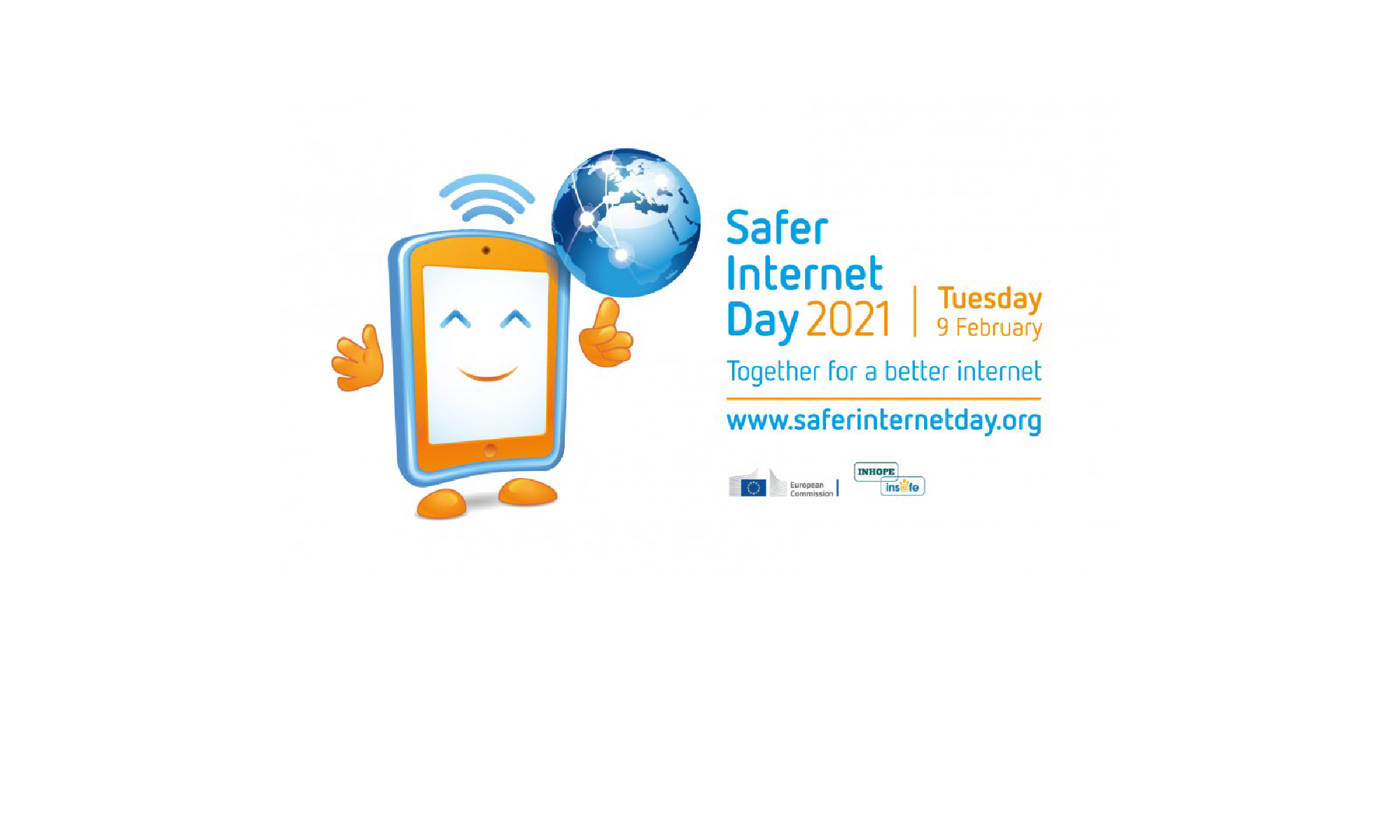
Ahead of the Age Appropriate Design Code, many companies are looking at how to provide age-appropriate services, messaging, content and, crucially for parents, how to deter grooming.
We are working in the ICO Sandbox with partners including child-content moderation SaaS GoBubble (GoBubbleWrap), to further develop our privacy-preserving age estimation technology so that it can accurately estimate the age of children under 13.
This vital ICO Sandbox partnership will offer child-centric content moderation with global scalability on a Software as a Service (SaaS) basis. This will include privacy information and accessible parental consent mechanisms, including the option to use age estimation for parental consent.
‘Share to protect’ with Yoti’s privacy preserving age estimation
Our age estimation technology can currently estimate the age of 13-25 year olds within 1.5 years of accuracy. But obtaining verified training data for under 13s is hard due to legal barriers, making it tricky to ensure solutions work for children. The ICO is working with Yoti to tackle this challenge and with your help, we can expand our technology to provide leading accuracy and protect 7-12 year olds.
Parents can opt in to support the development of our age estimation by sharing a photo of their child to build a consented data set. We’re doing this to support content platforms in meeting regulatory requirements and protect children from unwanted intrusions, inappropriate content and minimise the risk of grooming.
More about the tech
Yoti age estimation was built to give everyone a secure and private way of proving their age, without revealing any other personal information. All a person needs to do is look into the camera, have their face scanned and their age will be estimated in seconds.
The technology is based on a technique known as a neural network, which Yoti has trained to estimate ages using machine-learning AI. We input verified data, including an individual’s photo, month and year of birth, and the system keeps on learning and improving.
Is this facial recognition?
No, it does not match faces. The technology simply estimates an age from a face without personal details. There’s no image or data held after the check.
Helping parents and children understand AI
We know that AI technology can be hard to understand, which is why we’re launching our Education Campaign and video competition. Based on the Unicef policy guidance on AI for children, we hope our competition will teach young people about:
- How age estimation is built, including training, tagging, testing.
- The ethical considerations, including dataset consent, diversity, transparency and facial recognition versus just analysing an image.
- Where the technology can help keep young people safe.
Lorin LaFave, Founder of the Breck Foundation, strives to educate the digital generation to keep safe online as they play virtual or in real life:
“Keeping children safer online is a collective priority for all of us, from the developing tech solutions to the education of children, parents and schools. By parents safely sharing their children’s photos to create better age verification techniques, children will have a safer and healthier online future.”
Tink Palmer, MBE CEO Marie Collins Foundation:
“The Marie Collins Foundation fully endorses the Share to protect campaign. We work with the victims of online abuse and know the damage caused to children. This initiative by Yoti needs to receive the full support of parents wherever they may live in the world.”
John Carr, Online Safety Expert, Secretary of the UK Children’s Charities’ Coalition on Internet Safety and member of the Executive Board of the UK Council for Child Internet Safety:
“We need tech solutions which enable people of all ages to be able to prove their age safely, not just people with ID documents. This work through the ICO Sandbox could support many platforms to meet their obligations.”
Julie Dawson, Director of Regulatory & Policy at Yoti:
“People share photos of their children all the time; we’d encourage them to share a photo to help protect children online. We are delighted to be working with edtech and child safety organisations to provide education materials and we hope to inspire parents to share a photo to improve age estimation for the under 13 age group.”
